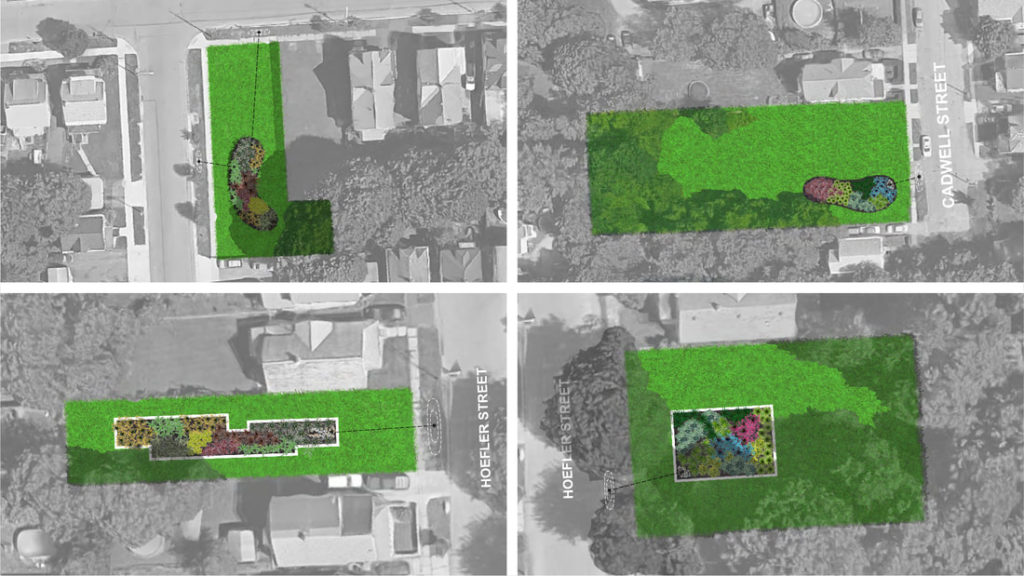5/18/2018
By Hongbin Gao

Vacant lots and abandoned properties have long been associated with urban blight. They are viewed as magnets for litter and crime and as a drag on property values. When properly managed, however, urban vacant lots provide unequaled opportunities to create urban ecosystem services such as limiting flooding, storing carbon, and creating urban wildlife habitat. As a result, these formerly unwanted vacant lots can increase resilience to climate change and help revitalize the surrounding community.
ASLF has been at the forefront of efforts to repurpose vacant lots in Syracuse for stormwater management and water quality improvement. ASLF worked with Onondaga County Save The Rain on its Vacant Lot Program, which builds green infrastructure on city-owned vacant lots to reduce combined sewer overflows (CSOs). ASLF has launched its own CEDARS (Creating Ecologically Dynamic And Resilient Spaces) program to transform vacant urban land from a source of blight into a community asset by incorporating ecological, social, and economic factors in project design with a focus on increasing community resiliency.
In 2016, CEDARS secured a $1.1 million grant to design and build green infrastructure projects on 12 vacant lots in Syracuse. The CEDARS’ Vacant Lot program targets properties that are unsuitable or undesirable for redevelopment. The chosen lots will be transformed into urban green space by building green stormwater infrastructure, such as rain gardens, bio-swales, and urban forests. Although the primary purpose is to reduce stormwater runoff and associated pollutions, ASLF is working with the host communities to identify other beneficial uses that are compatible with the planned green infrastructure, such as increasing urban tree canopies, creating new urban habitat, providing fresh food, or simply creating and preserving open recreational space.
The first four projects, located in the Near Westside and Skunk City neighborhoods and developed with community input, will be built this summer. We hope that the next phase will be in construction by Fall 2018 and the project will be complete by Fall 2019. ASLF is working with Syracuse University and SUNY-ESF researchers to track the environmental and social benefits of these vacant lot projects and to identify community preferences for and perceptions of the green infrastructure. Other collaborators include the City of Syracuse, Onondaga County, the Greater Syracuse Land Bank, Syracuse United Neighbors and the Southside Tomorrow’s Neighborhoods Today.
Once these projects are up and running, ASLF expects that they will reduce stormwater runoff and CSOs, improve water quality, and make neighborhoods more vibrant places. ASLF will continue encourage participation in site management and care and to work with community groups, environmental organizations and neighbors to ensure that these vacant lots remain a true community asset. Stay tuned for project updates here.
